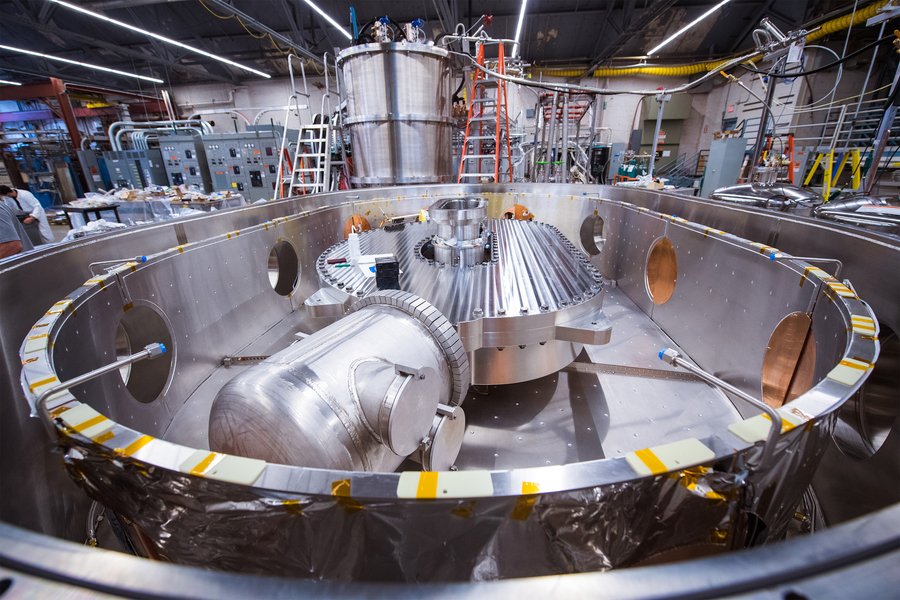MIT researchers are asserting that their magnet-based fusion energy design, which was previously hailed as a breakthrough, is not only successful in a controlled environment but also feasible and cost-effective. A recent report, including six studies published in IEEE Transactions on Applied Superconductivity, examined the viability of the superconductor magnets used in MIT’s groundbreaking test in September 2021.

Fusion, the process that fuels stars like our Sun, involves combining small and plentiful atoms like hydrogen to produce heat that can be used to generate electricity. Unlike nuclear fission, fusion is safer as it produces minimal radiation and only requires hydrogen as fuel, rather than rare and hazardous elements like uranium and plutonium.
Stars are able to produce light and energy by smashing hydrogen atoms together in their cores due to their immense gravity. Humans, on the other hand, need to use high temperatures and pressures to compress atoms together. One technique involves utilizing a tokamak, a circular chamber with powerful superconducting magnets, to contain the hydrogen.

The MIT researchers made a significant discovery by using a material called REBCO, enabling the magnets to have superconductivity at a more practical temperature of 20 Kelvin, which is only slightly higher than before. They took a risk by removing the insulation around the magnet’s superconducting tape to simplify the design and create a low-voltage system.
The announcement that the coil had no insulation was a big surprise to the community. The researchers conducted a significant test where they built a 20,000 pound magnet capable of generating a strong a magnetic field of over 20 tesla. This field has the potential to support fusion reactions that produce more power than they consume.

Additionally, numerous tests demonstrated that the design was very durable and reliable, capable of enduring the intense heat resulting from a power outage.
Overnight, it basically changed the cost per watt of a fusion reactor by a factor of almost 40 in one day thus giving fusion a chance to go mainstream.
Reference- MIT News, Futurism, Clean Technica, Interesting Engineering, journal IEEE Transactions on Applied Superconductivity






